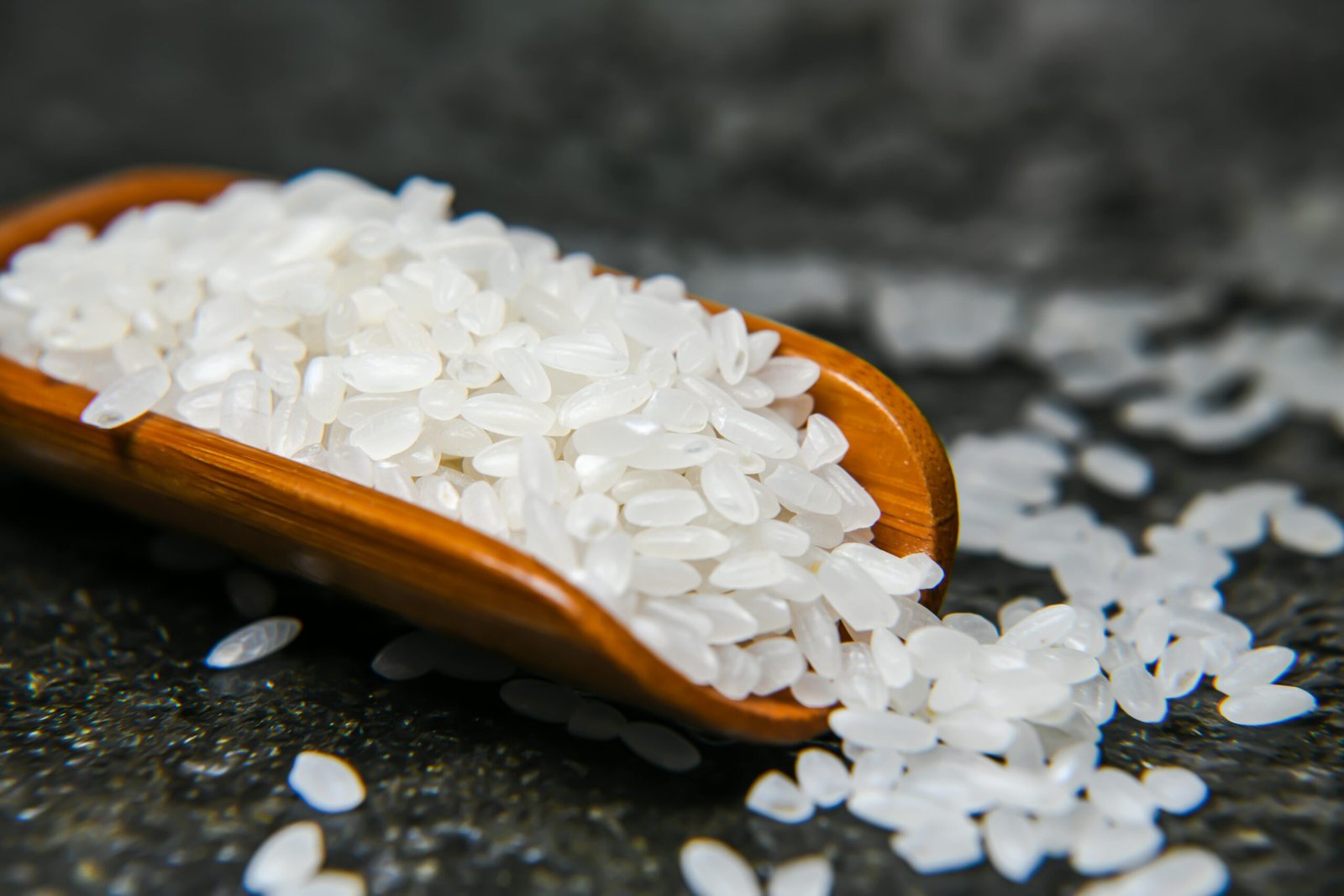Key Takeaways
- This 7‑day rice diet mimics the structure of the original Kempner/Rosati plan: mostly rice, fruit, vegetables—with a rotating protein day.
- Daily calories are low (800–1,000 kcal), very low in protein (~4–5% of calories) and fat (~2–3%), which carries risks of muscle loss, nutrient deficiencies, and slowed metabolism.
- It may deliver short-term weight loss and reduced sodium—but long-term sustainability is questionable without professional oversight.
- Safer modifications include adding lean proteins or legumes, choosing brown rice for fiber, and supplementing nutrients.
- Visual planners and nutrient charts help manage intake while ensuring minimal balance.
1. Introduction
The 7‑Day Rice Diet Plan is a short-term, low-calorie regimen based on high‑rice intake, minimal fat and protein. Originally developed in the 1930s by Dr. Walter Kempner to treat hypertension and kidney disease, it later became popular in revamped forms for weight loss . While it can lead to rapid results, its restrictive nature raises concerns. This guide delivers a complete, safer, and expertly-supported meal plan for one week.
2. Historical & Medical Background
- Kempner’s original rice diet was extremely low in sodium and protein (<5% of calories), aiming to reduce kidney stress and blood pressure. Some patients showed improvements, but outcomes varied and long-term safety was unproven.
- Modern versions (Rosati’s Rice Diet Solution) offer three phases and caloric progression (800 to 1,200 kcal/day) with added dairy, vegetables and legumes on select days.
3. Risks & Considerations
- Nutritional deficiencies: Diet lacks protein, healthy fats, B-vitamins, iron; may require supplementation.
- Muscle loss and slowed metabolism: Insufficient protein and calories trigger lean mass reduction and metabolic adaptation.
- Not suited for: individuals with kidney disease, diabetes under medication, or those with a history of disordered eating.
- Professional monitoring recommended before and during the diet.
4. Meal Plan Overview & Daily Structure
🗓 Daily Phases
- Day 1 (Detox): 100% rice + fruit only
- Days 2–7:
- 4 days lactovegetarian version (rice + vegetables + nonfat dairy + fruit)
- 2 days vegetarian‑plus (same as above, plus beans or eggs)
- 1 detox day repeat (optional)
📋 Meal and Macro Breakdown
- Approx. 800–1,000 kcal/day
- Protein ~15–25g/day (4–5% of calories)
- Fat ~2–3% (<22 g/day)
- Sodium <500 mg/day
5. Sample Day Menu & Nutrient Breakdown
Example – Day 3 (lactovegetarian):
- Breakfast: ½ cup white rice, 1 cup nonfat yogurt, 1 apple (~280 kcal; 8 g protein, 60 g carbs)
- Lunch: 1 cup rice, 1 cup steamed vegetables (broccoli, carrots), 1 orange (~300 kcal; 6 g protein, 65 g carbs)
- Dinner: 1 cup rice, 1 cup mixed vegetables, 1 small pear (~280 kcal; 5 g protein, 62 g carbs)
- Total: ~860 kcal, ~19 g protein, ~5 g fat, ~180 g carbs
Protein day (vegetarian‑plus): substitute dinner with rice + beans (~½ cup beans) to increase protein to ~25 g.
6. Visual Weekly Lesson & Meal Prep Tips
- Plan ahead: cook batch rice for reuse
- Use spices (turmeric, cumin, fresh herbs) for flavor
- Portion fruit and vegetables to manage micronutrients
- Include hydration and mindful eating breaks
7. Safer Modifications & Long-Term Transition
- Swap some white rice for brown rice for fiber, B-vitamins, minerals.
- Include lean proteins: tofu, fish, eggs or beans on additional days.
- Supplement with a multivitamin or B-complex as advised.
- After 7‑days, transition to a balanced, moderate‑calorie plan that maintains increased vegetables, whole grains, protein and healthy fats.
8. Conclusion
The 7‑Day Rice Diet may offer short‑term weight loss and a structured reset. However, it’s highly restrictive and not a sustainable long‑term solution. For most individuals, a modified version with protein, vegetables, and nutrient improvements—used briefly and under supervision—can achieve benefit without undue risk.
